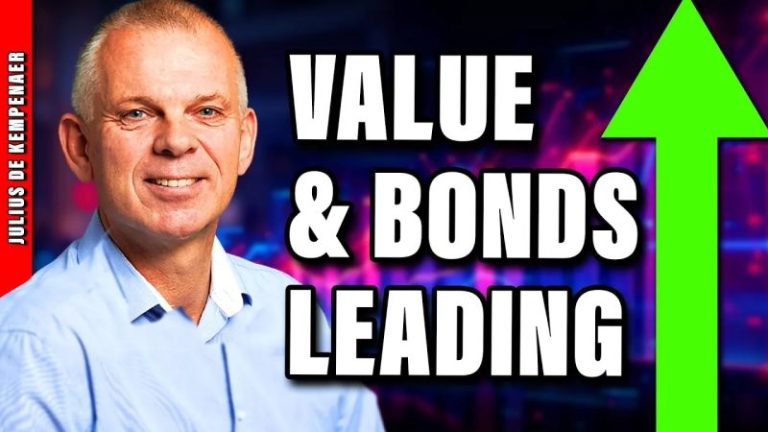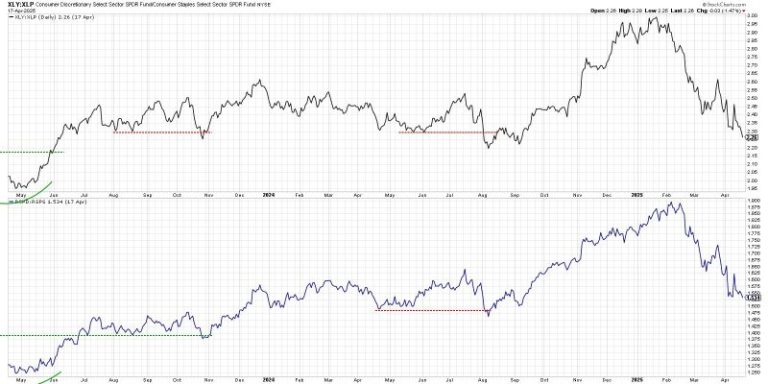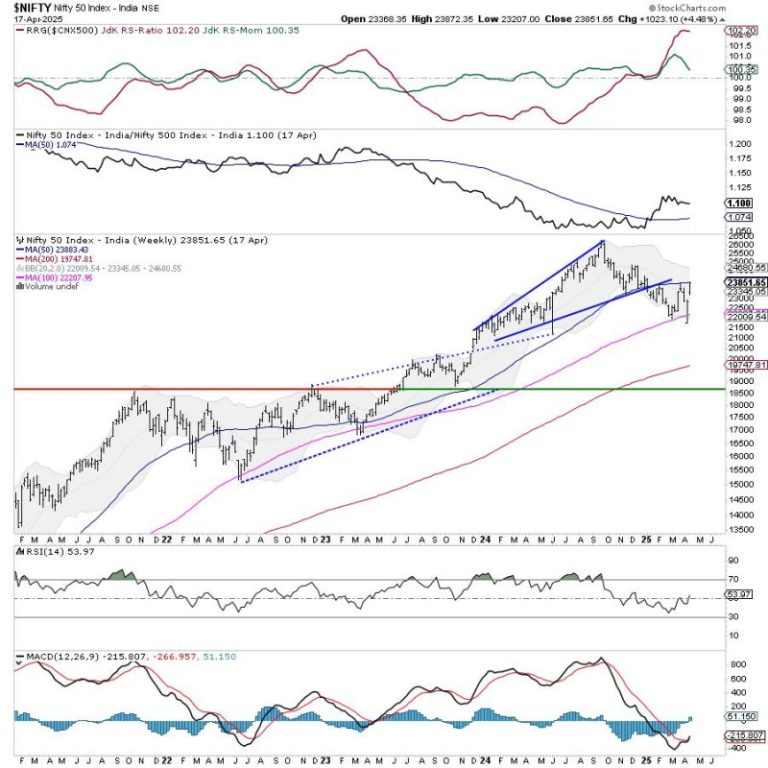Saturday’s talks in Rome between the Trump administration and the Islamic Republic of Iran over the rogue regime’s failure to dismantle its illicit nuclear weapons program have raised pressing questions about whether Tehran will adhere to a new deal.
Speaking on ‘The Story with Martha MacCallum,’ retired Gen. Jack Keane, a Fox News senior strategic analyst, said Iran is reintroducing its ‘playbook’ that [was] used to secure the JCPOA from Obama and termed its strategy a ‘bold-faced lie’ that led to the ‘disastrous 2015’ agreement.
Keane said Iran is repackaging the lie that it will reduce highly enriched uranium down to a low percentage and not use it for a nuclear weapon. Instead, it will employ it for civilian commercial nuclear power. Kean added that the Iranians ‘think the Trump administration is going to buy this. After all, in 2018, Trump pulled out of that very deal.’
In 2018, President Trump withdrew from the Joint Comprehensive Plan of Action (JCPOA), the formal name for the 2015 nuclear deal brokered by the Obama administration, because, he argued, it failed to stop Iran’s ambitions to construct an atomic bomb.
Fox News Digital sent a detailed press query to the State Department regarding the Islamic Republic’s history of cheating and lying when dealing with its previous pledges to not build a nuclear weapon.
A spokesperson for the State Department told Fox News Digital, ‘This, along with many other issues, will be decided at the negotiating table. The president has been clear: Iran cannot have a nuclear weapon or enrichment program. As we continue to talk, we expect to refine a framework and timetable for working towards a deal that achieves the president’s objectives peacefully.’
Speaking Friday, President Trump told reporters, ‘I’m for stopping Iran very simply from having a nuclear weapon. They can’t have a nuclear weapon.’
Enrichment of uranium is the key process that enables Iran’s regime to advance its work on a deliverable nuclear weapon.
‘Iran’s enrichment is a real, accepted matter,’ Iranian Foreign Minister Abbas Araghchi said Wednesday. ‘We are ready to build confidence in response to possible concerns, but the issue of enrichment is non-negotiable.’
Mark Wallace, the CEO of United Against Nuclear Iran (UANI) and a former U.N. ambassador to the United Nations under President George W. Bush, told Fox News Digital, ‘Under the Bush administration, zero enrichment was enshrined in U.N. Security Council resolutions. The Obama administration changed that position, allowing enrichment up to 3.67%, and this paved the way for the failed JCPOA that has allowed Iran to extort the international community ever since.’
The Obama administration’s concession to Iran to permit it to enrich uranium to 3.67% has created new problems for Trump to halt Tehran’s drive to build a weapon. Iran has exploited the right to enrich uranium to speed up its weapons program. The U.N.’s International Atomic Energy Agency announced in February that Iran has produced dramatically more uranium that can be used in six atomic bombs and stressed that Tehran has made no progress on resolving outstanding issues.
Trump said in late March he would launch military strikes against Iran if it failed to agree to his demands for a new nuclear pact.
Prior to Trump’s withdrawal from the JCPOA, Fox News Digital reported in 2017 that Iran tried to obtain illicit technology that could be used for military nuclear and ballistic missile programs, raising questions about a possible violation of the 2015 agreement intended to stop Tehran’s drive to become an atomic armed power, according to three German intelligence reports.
The Trump administration has outlined a two-month framework to reach a deal with Iran, John Hannah, asenior fellow at JINSA, said during a briefing about Iran’s nuclear weapons program Thursday.
Hannah served in senior advisory roles with former Vice President Dick Cheney and was intimately involved in developing U.S. strategy toward talks with Iran over Afghanistan, Iraq and the Islamic Republic’s nuclear program throughout President George W. Bush’s two terms in the White House.
Traditionally, military pressure has influenced the Islamic Republic of Iran’s recalcitrant and anti-American leaders to make concessions. The U.S. invasion of Iraq in 2003 reportedly compelled the clerical regime’s Supreme Leader, Ali Khamenei, to briefly pause his country’s work on nuclear weapons.
Khamenei feared American military action at the time.
Hannah said Trump’s ‘military threat is what brought Supreme Leader Khamenei to the table’ because it ‘put his own regime at risk.’ Hannah outlined what dismantlement ‘with a capital D’ would mean for Iran. He said ‘all of their enriched uranium leaves the country,’ and the centrifuges are destroyed and taken out of the country. Hannah said Iran’s secretive underground Fordow nuclear fuel enrichment plant and Natanz nuclear site were where Iran was caught digging tunnels in the mountains.
Hannah’s organization, JINSA, released an infographic Wednesday that focused in on Trump administration officials’ comments on verification and dismantlement.
According to a Reuters report, a senior Iranian official said Friday that Iran told the United States in talks last week it was ready to accept some limits on its uranium enrichment but needed watertight guarantees President Donald Trump would not again ditch a nuclear pact.
Tehran’s red lines ‘mandated by Supreme Leader Ayatollah Ali Khamenei’ could not be compromised in the talks, the official told Reuters, describing Iran’s negotiating position on condition of anonymity.
He said those red lines meant Iran would never agree to dismantle its centrifuges for enriching uranium, halt enrichment altogether or reduce the amount of enriched uranium it stores to a level below the level it agreed in the 2015 deal that Trump abandoned.
It would also not negotiate over its missile program, which Tehran views as outside the scope of any nuclear deal.
Top U.S. negotiator Steve Witkoff, in a post on X on Tuesday, said Iran must ‘stop and eliminate its nuclear enrichment’ to reach a deal with Washington.
Reuters contributed to this report.
This post appeared first on FOX NEWS










